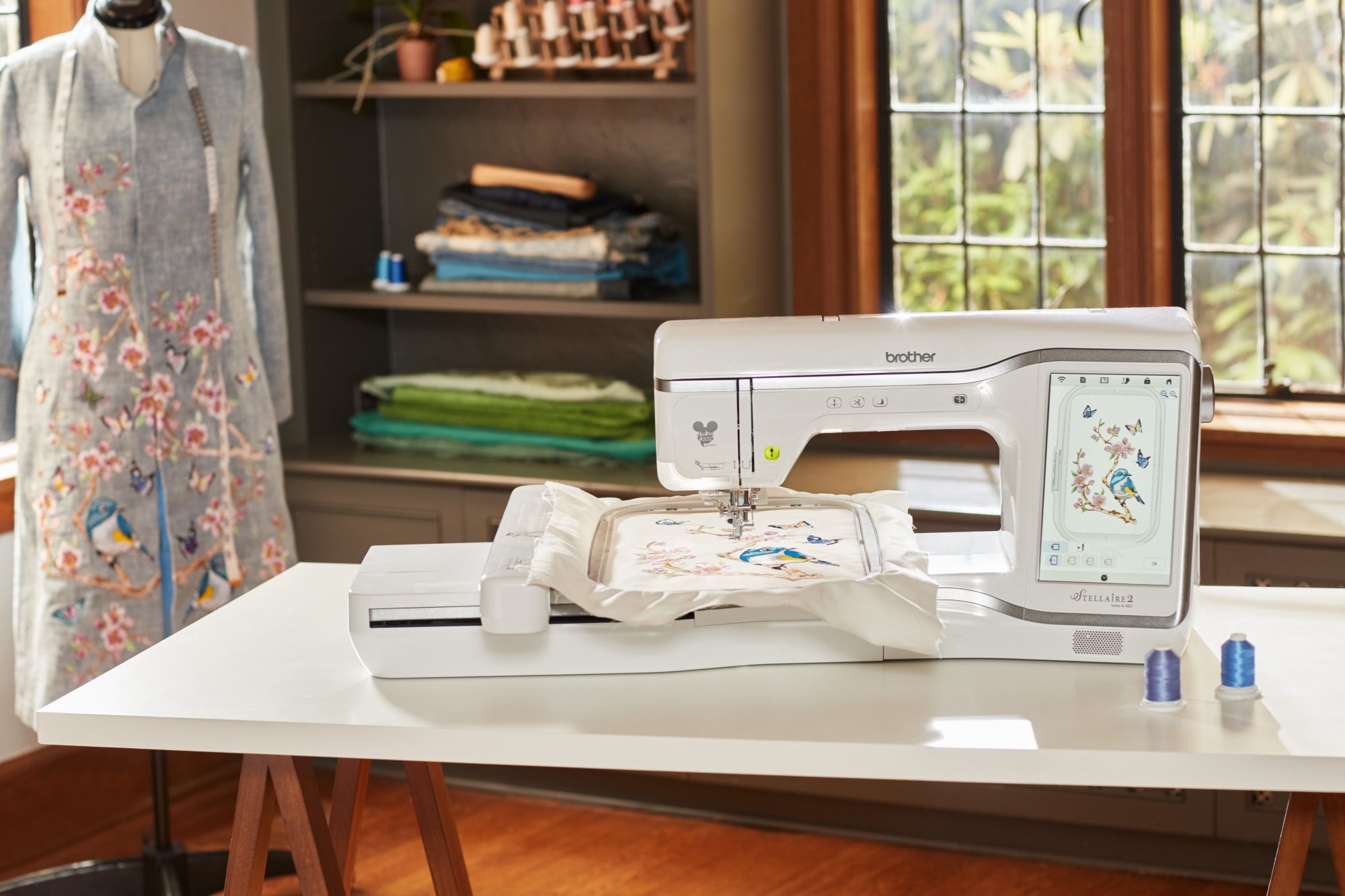Introduction
Digitizing For Embroidery is the process of converting artwork into a stitch file that embroidery machines can read. Whether you’re a hobbyist or a professional, using the right tools and techniques in digitizing for embroidery ensures crisp, high-quality designs with minimal thread breaks or puckering.
In this guide, we’ll cover:
-
The best digitizing software for beginners and pros
-
Must-have tools for smooth embroidery digitizing
-
Pro tips to optimize designs for different fabrics
-
Common mistakes to avoid
Let’s dive in!
1. Best Embroidery Digitizing Software
Choosing the right software is crucial for professional-quality results. Here are the top options:
Wilcom Embroidery Studio
-
Industry-leading software with advanced auto-digitizing features
-
Best for commercial embroiderers and large-scale production
-
Supports multiple file formats (DST, EXP, PES, etc.)
Hatch Embroidery by Wilcom
-
Great for beginners and intermediate users
-
User-friendly interface with built-in tutorials
-
Affordable compared to high-end alternatives
Pulse Embroidery Software
-
Powerful customization tools for complex designs
-
Excellent for 3D puff embroidery and intricate details
Brother PE-Design
-
Ideal for home embroiderers with Brother machines
-
Simple yet effective for basic to intermediate projects
Inkscape + Ink/Stitch (Free Option)
-
Open-source alternative for budget-conscious users
-
Requires manual digitizing skills but offers flexibility
2. Essential Tools for Embroidery Digitizing
Besides software, these tools help streamline the digitizing process:
High-Quality Computer & Monitor
-
A fast processor and color-accurate display ensure smooth editing.
Graphics Tablet
-
Helps with precise manual digitizing for custom designs.
Stabilizers & Quality Thread
-
Test designs with the right stabilizers to prevent fabric distortion.
Embroidery Machine Compatibility Checker
-
Ensures your design works with your specific machine model.
3. Pro Tips for Flawless Embroidery Digitizing
Start with Clean Artwork
-
Use high-resolution vector files (SVG, AI, EPS) for sharp details.
Understand Stitch Types
-
Satin Stitches – Best for text and borders.
-
Fill Stitches – Ideal for large, solid areas.
-
Running Stitches – Used for fine details and outlines.
Adjust Stitch Density
-
Too dense? Causes thread breaks and fabric stiffness.
-
Too loose? Leads to gaps and poor coverage.
Optimize Underlay Stitches
-
Provides a stable base for top stitches, reducing puckering.
Test on Scrap Fabric First
-
Identifies tension issues before stitching the final product.
Consider Fabric Type
-
Stretch fabrics need different settings than woven materials.
4. Common Embroidery Digitizing Mistakes to Avoid
Ignoring Pull Compensation
-
Fabrics stretch; adjust stitches to prevent distortion.
Overcomplicating Small Details
-
Tiny elements may get lost—simplify for clarity.
Skipping Manual Editing
-
Auto-digitized designs often need manual tweaks for perfection.
Using Too Many Colors
-
Excessive thread changes increase production time and errors.
Conclusion
Mastering embroidery digitizing takes practice, but with the right tools and techniques, you can create professional-quality designs every time. Start with reliable software, follow best practices, and always test before final stitching.
Whether you’re digitizing logos, monograms, or custom artwork, these tips will help you minimize errors and maximize efficiency. Happy digitizing!
